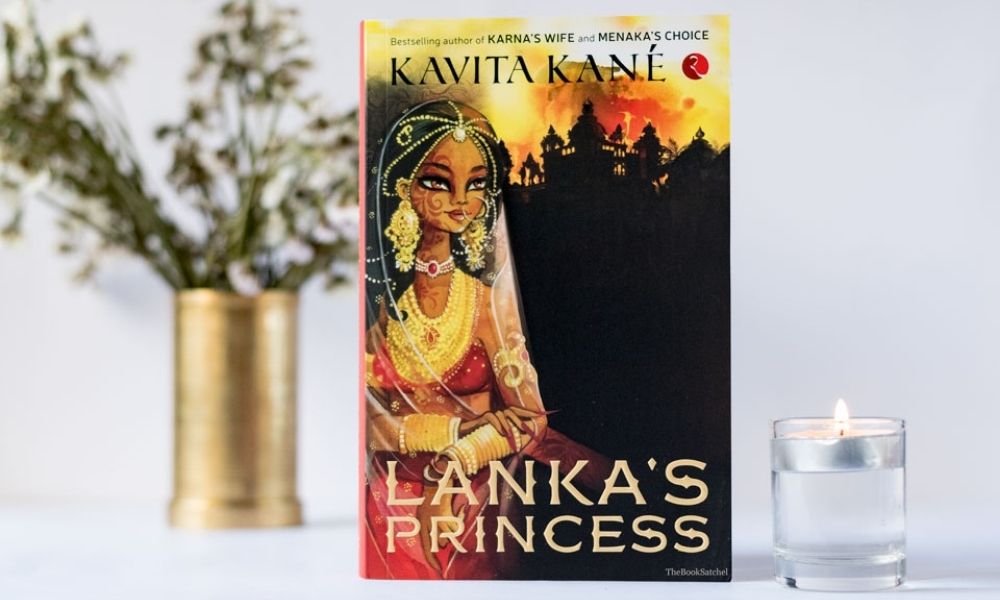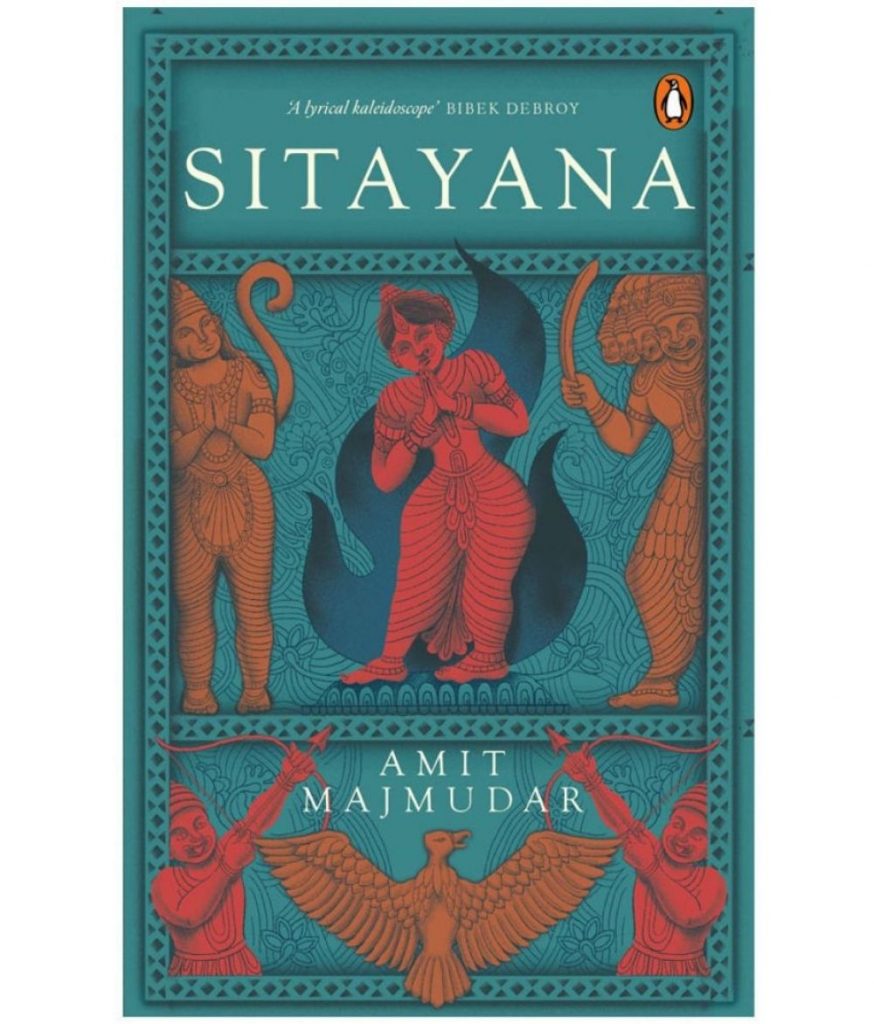The retelling of Indian Epics, One of the world’s most seasoned sagas, Ramayana isn’t only the base of Hindu religion yet in addition a composition that set social and cultural standards and decided the course of conduct one ought to embrace towards one’s family and associates. Ram was an ideal sibling, child, lord and even an ideal spouse till predetermination turned astray. Lakshman who left his better half to follow his sibling estranged abroad, his significant other Urmila who stood by calmly for him for a very long time and Bharat who would never cheer in the crown he got and even Ravana who was an exemplification of learning, have the right to be inspected from a new viewpoint and not similarly as less huge characters in the account of Ram and Sita. While there have been various retellings of Ramayana before, some advanced ones done as of late merit being referenced.
- Anand Neelakantan’s presentation novel ‘Asura: Tale of the Vanquished’ is a retelling of Ramayana through Ravan’s perspective. A profoundly learned and talented Brahman, the evil spirit King Ravan is one of the most abhorred and misconstrued characters of Ramayana. In Asura, Neelakantan portrays the story from Ravan’s point of view and offers the purposes for his activities that lead to the war; this is Ravan’s side of the story – the Ravanayan. First distributed in 2012, the book was a moment hit as it indicated the devil King in another light, instead of the famous variant.
- After the mainstream Shiva set of three, smash hit mytho-fiction creator Amish Tripathi began chipping away at the Ram Chandra arrangement in 2015. The arrangement is separated into five books; it retells Ramayana in a multi-straight story design revealing insight into the significant characters and their nitty gritty backstories, which lead to the greater functions of the epic story. The principal book ‘Scion of Ikshvaku’ (2015) discloses to Ram’s story from his introduction to the world till when Sita gets stole; the second book ‘Sita: Warrior of Mithila’ (2017) reveals to Sita’s story till the time she gets seized by Raavan; while the third book ‘Raavan: Enemy of Aryavarta’ (2019) reveals to Raavan’s story—from his youth to where he steals Sita and what caused him to do as such. The fourth and fifth books will take the story ahead from the regular point, the writer had uncovered before.
- Sita: An Illustrated Retelling of Ramayana,In this book mythologist-writer, Devdutt Pattanaik underlines that Sita, who is commonly appeared as an accommodating character, was really a lady of solidarity. From her youth days and childhood to her relationship with her dad King Janaka, to her timberland remain, to living alone in Lanka subsequent to being kidnapped, and being a single parent – the book depicts Sita in an unselfish manner, accordingly drawing out the lesser-known side of hers to the perusers.

- Kavita Kane’s ‘Lanka’s Princess’ recounts the story from Ravan’s sister Surpanakha’s perspective. Surpanakha is frequently viewed as the underlying driver behind the enmity among Ravan and Ram which lead to the war. At the point when Lakshman slashed off Surpanakha’s nose furiously, it was her defensive senior sibling King Ravan who delivered her retribution. This is Surpanakha’s variant of Ramayan which will cause the perusers to consider if awful things are constantly done by terrible individuals or are they done by individuals who settle on awful decisions.
- Chitra Banerjee Divakaruni won perusers’ hearts with the retelling of Mahabharat from Draupadi’s perspective in her globally smash hit novel ‘The Palace of Illusions’. Presently her 2019 book ‘The Forest of Enchantments’ discloses to Sita’s variant of Ramayana. The creator additionally illuminates a portion of the frequently misjudged ladies in the story- – including Kaikeyi, Surpanakha, and Mandodari- – and their battles to hold independence in a man’s reality. ‘The Forest of Enchantments’ isn’t only an account of dharma, honor, disloyalty, unfaithfulness yet in addition a shocking story of adoration.
- Mandodari, a delightful apsara who was hitched to Ravan, is maybe one of the lesser-known characters of the Hindu epic. Manini J. Anandani’s ‘Mandodari: Queen of Lanka’ is roused by Sanghadasa’s Jaina adaptation of Ramayana, and recounts the epic story from Mandodari’s viewpoint. In this book, Mandodari relates her battles and weaknesses in the wake of being hitched to Ravan and the goofs which caused his destruction. The perusers get an alternate perspective of the story from the evil presence King’s significant other, and settles on them consider the decisions Ravan made and why.

- Amit Majmudar’s 2019 book ‘Sitayana‘ shows Sita not as a casualty, but rather as a legend—a lady who decided to leave the extravagances of the royal residence and go with her better half in the backwoods, who decided to carry on with a straightforward life in Lanka till she was liberated, and somebody who decided to bring up her kids as a single parent. The story is told through the points of view of numerous characters, including Lakshman, Hanuman, and Mandodari. It gives the perusers a point of view of the Indian epic from the two sides of the war and maybe even causes them to identify with the characters who are generally viewed as abhorrent.







